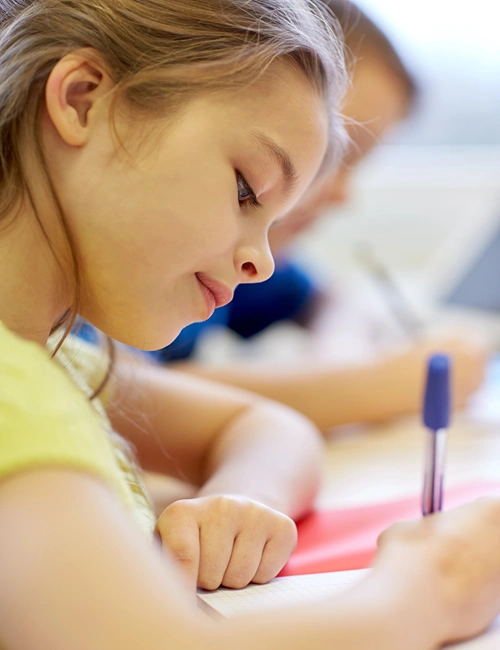How Parents Can Be More Involved in Their Child’s Education
Every parent wants the best for their child, and education is often a top priority. Choosing the right school isn’t the only step, as learning isn’t confined to the classroom. Research shows that when parents are active and engaged, children are more likely to succeed both academically and socially in school.
How can you make a positive impact on your child’s education, and why is getting involved so important? Read on to learn the best strategies.
Why Parental Involvement Matters
Simply put, you are the biggest influence on your child’s life. You were their first teacher. Parental involvement in education plays a large role in a child’s academic success. Conversely, when parents do not take an interest, this has a direct impact on a child’s likelihood of dropping out.
Children are significantly more likely to graduate high school if their parents have been actively engaged. This involvement is more influential on secondary school achievement than other factors, like family background or the parents’ own education level.
By creating a positive home learning environment and fostering strong communication with the school, you can help your child’s grades, behavior and overall academic attitude. Your influence matters.
The Best Ways to Support Learning at Home
Depending on your child’s age, there are many ways to get involved.
Create a Homework-Friendly Environment
Ensure they have a quiet, distraction-free space to work. Make homework a nonnegotiable part of daily life and set positive expectations around it. Establish consistent routines and boundaries, such as no phones until school tasks are completed. Provide a nutritious snack for them while they focus. Build in short breaks, and praise their efforts.
By showing that their learning time is important, you pass on the message that this matters. If your child asks for help, talk about what they are finding difficult and suggest ways they can approach the task differently or find the answers for themselves. This encourages problem-solving and conscious learning — providing the answers for them is not helpful.
Encourage Lifelong Learning Habits
Model a positive attitude toward education by showing that you are still learning. Talk enthusiastically about any such activities in your life, even if it’s just training at work.
Taking up an educational hobby can benefit both you and your child. For example, studying a new language as an adult could delay any potential dementia symptoms by up to five years — that alone is tangible proof that learning matters. When children see their parents taking on new challenges like this, it encourages them to value education.
Go beyond the curriculum. If your child is fascinated by history, encourage them to investigate a period or topic not covered at school. If science is their thing, encourage home experiments or help them take up astronomy, gardening or simple weather forecasting as a hobby.
Watch documentaries or read books together. Share websites they might find interesting. By developing their wider knowledge, you are inspiring interest that will carry over into school.
Build Strong Communication With Teachers
Staying in touch regularly with your child’s teachers is a key part of getting involved. When possible, prioritize attending parent-teacher conferences and responding promptly to any messages the school sends.
Make use of emails or apps that make it quicker or more convenient to get in touch. You should receive regular updates, but you can also ask teachers about:
- Classroom learning activities
- Upcoming curriculum topics
- Your child’s accomplishments
- Homework issues
- How you can help your child at home
Participate in School Activities and Events
Parent engagement is not only about supporting learning at home. Being active and visible in the academic community also improves student outcomes and gives children a more positive attitude toward school.
Getting involved might mean:
- Joining the PTA or parent committee
- Volunteering for classroom or school events
- Attending and supporting extracurricular groups
Not all families will find this easy. A lack of time or language barriers may all prevent a parent from being as involved as they might wish. Most schools have ways to help, so reach out and ask.
Every Step Counts
When it comes to your child’s education, every small way you can show support will add up. By prioritizing homework, modeling lifelong learning and showing interest in school life, you will plant many seeds of encouragement that will help your child through their academic years and beyond.
 Author bio: Cora Gold is the Editor-in-Chief of women’s lifestyle magazine, Revivalist. She strives to live a happy and healthy life with her family by her side.
Author bio: Cora Gold is the Editor-in-Chief of women’s lifestyle magazine, Revivalist. She strives to live a happy and healthy life with her family by her side.
Follow Cora on Facebook and LinkedIn.








